Natural garden pest control is something I’ve become quite passionate about, and I bet you will too! Let’s face it, nobody wants to share their precious tomatoes with a horde of hungry bugs. But before you reach for those harsh chemicals, consider this: there’s a gentler, more sustainable way to keep your garden thriving.
For centuries, gardeners have relied on nature’s own arsenal to protect their plants. From companion planting techniques passed down through generations to simple homemade remedies, the wisdom of the past offers invaluable solutions for today’s pest problems. Think about it – our ancestors didn’t have access to synthetic pesticides, yet they managed to cultivate bountiful harvests. Their secret? A deep understanding of the natural world and a willingness to work with it, not against it.
In this article, I’m going to share some of my favorite DIY tricks and hacks for natural garden pest control. These aren’t just quick fixes; they’re strategies that promote a healthy, balanced ecosystem in your backyard. You’ll learn how to identify common garden pests, create effective homemade sprays, and attract beneficial insects that will act as your garden’s personal bodyguards. Plus, you’ll save money and reduce your environmental impact – it’s a win-win! So, ditch the chemicals and let’s get our hands dirty with some natural solutions!
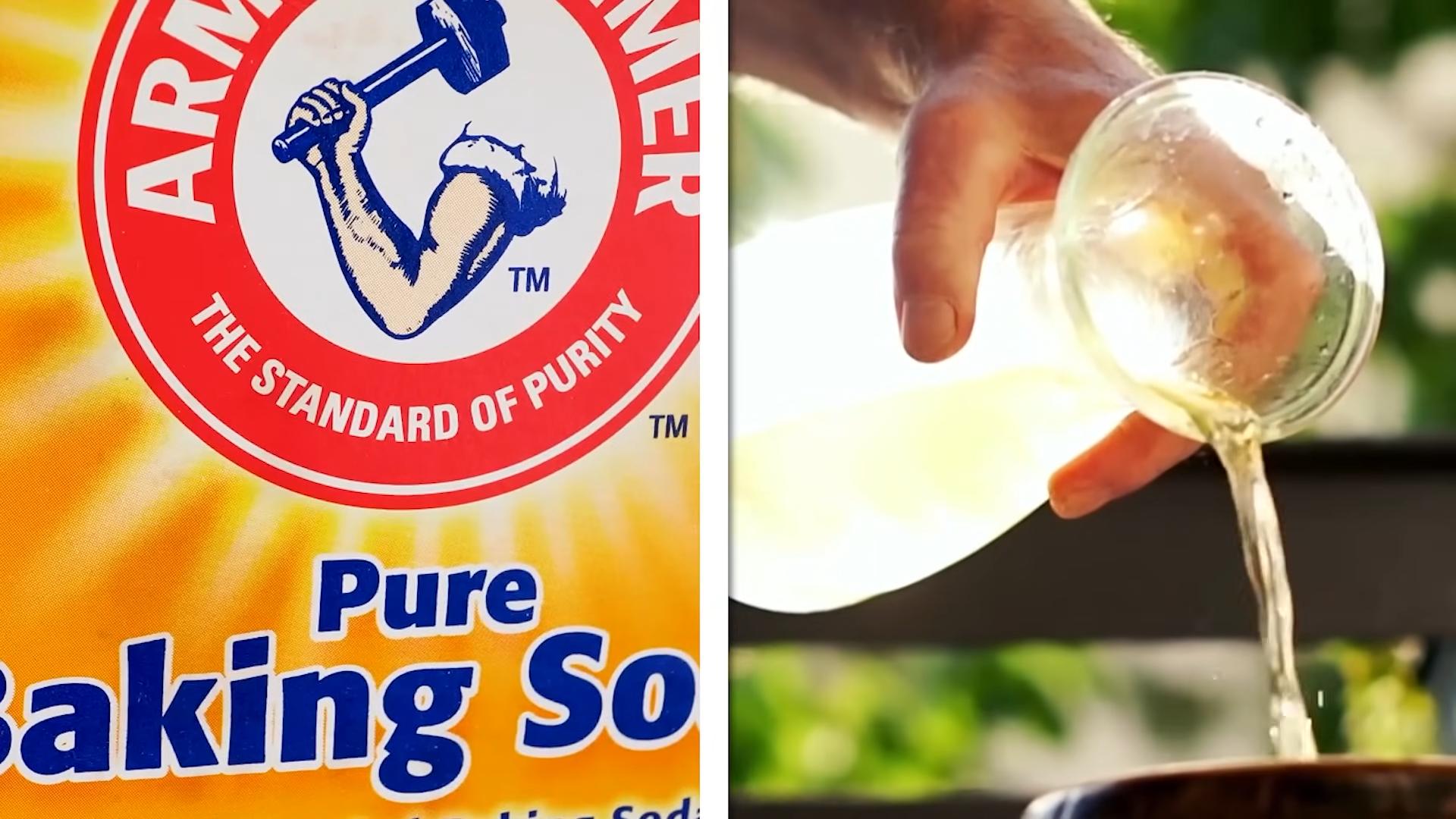
DIY Natural Garden Pest Control: A Comprehensive Guide
Hey there, fellow gardeners! Tired of those pesky critters munching on your precious plants? I know I am! That’s why I’ve been diving deep into the world of natural pest control, and I’m excited to share my favorite DIY methods with you. Forget harsh chemicals – let’s keep our gardens healthy and thriving the natural way!
Understanding Your Garden Pests
Before we jump into the solutions, it’s important to know who we’re fighting. Identifying the specific pests causing trouble in your garden is crucial for choosing the most effective natural control methods.
* Common Culprits: Aphids, spider mites, cabbage worms, slugs, snails, and Japanese beetles are some of the most frequent garden invaders.
* Signs of Infestation: Look for chewed leaves, holes in fruits and vegetables, sticky residue (honeydew from aphids), webbing (spider mites), and visible pests on your plants.
* Beneficial Insects: Remember, not all insects are bad! Ladybugs, lacewings, and praying mantises are natural predators that can help keep pest populations in check. We want to attract these guys!
Section 1: DIY Pest Sprays
One of the easiest and most effective ways to combat garden pests is with homemade sprays. These are gentle on your plants and the environment, but tough on those unwanted visitors.
1. Garlic Spray
Garlic is a natural insect repellent, thanks to its strong odor. This spray is effective against aphids, whiteflies, and other small insects.
Ingredients:
* 4 cloves of garlic
* 2 cups of water
* 1 teaspoon of liquid dish soap (optional, but helps the spray stick to the plants)
Instructions:
1. Prepare the Garlic: Mince the garlic cloves finely. The finer you mince, the more potent the spray will be.
2. Infuse the Water: Place the minced garlic in a jar and pour the water over it.
3. Steep the Mixture: Let the mixture steep for at least 24 hours, or even up to a week for a stronger solution. The longer it steeps, the more the garlic’s active compounds will infuse into the water.
4. Strain the Liquid: Strain the mixture through a cheesecloth or fine-mesh sieve to remove the garlic solids. This prevents clogging in your spray bottle.
5. Add Soap (Optional): If using, add the liquid dish soap to the strained liquid and stir gently.
6. Transfer to Spray Bottle: Pour the mixture into a clean spray bottle.
7. Test and Spray: Before spraying your entire garden, test the spray on a small area of one plant to ensure it doesn’t cause any damage. If all looks good, spray the affected plants thoroughly, paying attention to the undersides of the leaves where pests often hide.
8. Repeat as Needed: Reapply the spray every few days, or after rain.
2. Neem Oil Spray
Neem oil is a natural insecticide, fungicide, and miticide derived from the neem tree. It’s effective against a wide range of pests, including aphids, spider mites, caterpillars, and whiteflies.
Ingredients:
* 1 tablespoon of neem oil
* 1/2 teaspoon of liquid dish soap (an emulsifier to help the oil mix with water)
* 1 quart of warm water
Instructions:
1. Mix the Ingredients: In a clean spray bottle, combine the neem oil, dish soap, and warm water.
2. Shake Well: Shake the bottle vigorously to ensure the neem oil is properly emulsified. It’s important to shake well before each use, as the oil tends to separate.
3. Test and Spray: As with the garlic spray, test the neem oil spray on a small area of one plant before applying it to your entire garden.
4. Apply Thoroughly: Spray the affected plants thoroughly, covering all surfaces of the leaves, stems, and even the soil around the base of the plant.
5. Timing is Key: Apply neem oil spray in the early morning or late evening to avoid burning the leaves in direct sunlight.
6. Repeat Application: Reapply every 7-14 days, or as needed, depending on the severity of the infestation.
3. Insecticidal Soap Spray
Insecticidal soap is a simple and effective way to control soft-bodied insects like aphids, spider mites, and whiteflies. It works by disrupting the insect’s cell membranes, causing them to dehydrate and die.
Ingredients:
* 1-2 tablespoons of liquid dish soap (use a mild, unscented soap – avoid detergents)
* 1 quart of water
Instructions:
1. Mix the Solution: In a clean spray bottle, combine the dish soap and water.
2. Shake Gently: Gently shake the bottle to mix the solution. Avoid creating excessive suds.
3. Test and Spray: Test the spray on a small area of one plant before applying it to your entire garden.
4. Apply Liberally: Spray the affected plants liberally, making sure to cover all surfaces of the leaves, stems, and undersides of the leaves.
5. Rinse (Optional): After a few hours, you can rinse the plants with clean water to remove any soap residue. This is especially important for plants with delicate leaves.
6. Repeat as Needed: Reapply the spray every few days, or as needed, until the pests are under control.
Section 2: Natural Pest Barriers and Traps
Sometimes, preventing pests from reaching your plants in the first place is the best strategy. Here are some simple barriers and traps you can create.
1. Copper Tape for Slugs and Snails
Slugs and snails are a common nuisance in gardens, especially in damp environments. Copper tape creates a barrier that they are reluctant to cross.
Materials:
* Copper tape (available at most garden centers or online)
Instructions:
1. Prepare the Surface: Clean the surface of the raised bed, container, or plant pot where you want to apply the copper tape.
2. Apply the Tape: Peel off the backing of the copper tape and apply it around the perimeter of the raised bed, container, or plant pot. Make sure the tape forms a continuous barrier.
3. Ensure a Clean Barrier: Keep the copper tape clean and free of debris. If it becomes tarnished, you can clean it with a vinegar solution to restore its effectiveness.
2. Beer Traps for Slugs and Snails
Slugs and snails are attracted to the yeast in beer. A simple beer trap can effectively lure and trap these pests.
Materials:
* Shallow containers (e.g., yogurt cups, tuna cans)
* Beer (any kind will do)
Instructions:
1. Bury the Containers: Dig small holes in the ground near your plants and bury the containers so that the rims are level with the soil surface.
2. Fill with Beer: Pour beer into the containers, filling them about halfway.
3. Check and Empty: Check the traps regularly and empty them of dead slugs and snails. Refill with fresh beer as needed.
3. Diatomaceous Earth (DE)
Diatomaceous earth is a natural powder made from fossilized algae. It’s harmless to humans and pets, but deadly to insects with exoskeletons.
Materials:
* Diatomaceous earth (food-grade)
Instructions:
1. Apply the DE: Sprinkle a thin layer of diatomaceous earth around the base of your plants, on the leaves, and in areas where pests are likely to travel.
2. Reapply After Rain: Diatomaceous earth is most effective when dry, so reapply it after rain or watering.
3. Use with Caution: Avoid inhaling diatomaceous earth, as it can irritate the lungs. Wear a mask when applying it.
Section 3: Companion Planting and Attracting Beneficial Insects
Creating a diverse and balanced garden ecosystem is a key component of natural pest control. Companion planting and attracting beneficial insects can help keep pest populations in check.
1. Companion Planting
Companion planting involves growing different plants together that benefit each other. Some plants can repel pests, attract beneficial insects, or improve the growth of their neighbors.
* Marigolds: Marigolds repel nematodes, aphids, and other pests. Plant them near tomatoes, peppers, and other vegetables.
* Basil: Basil repels flies and mosquitoes. Plant it near tomatoes and peppers.
* Nasturtiums: Nasturtiums attract aphids, drawing them away from your other plants. They also attract beneficial insects like ladybugs.
* Garlic and Onions: Garlic and onions repel a variety of pests, including aphids, cabbage worms, and Japanese beetles.
2. Attracting Beneficial Insects
Beneficial insects are
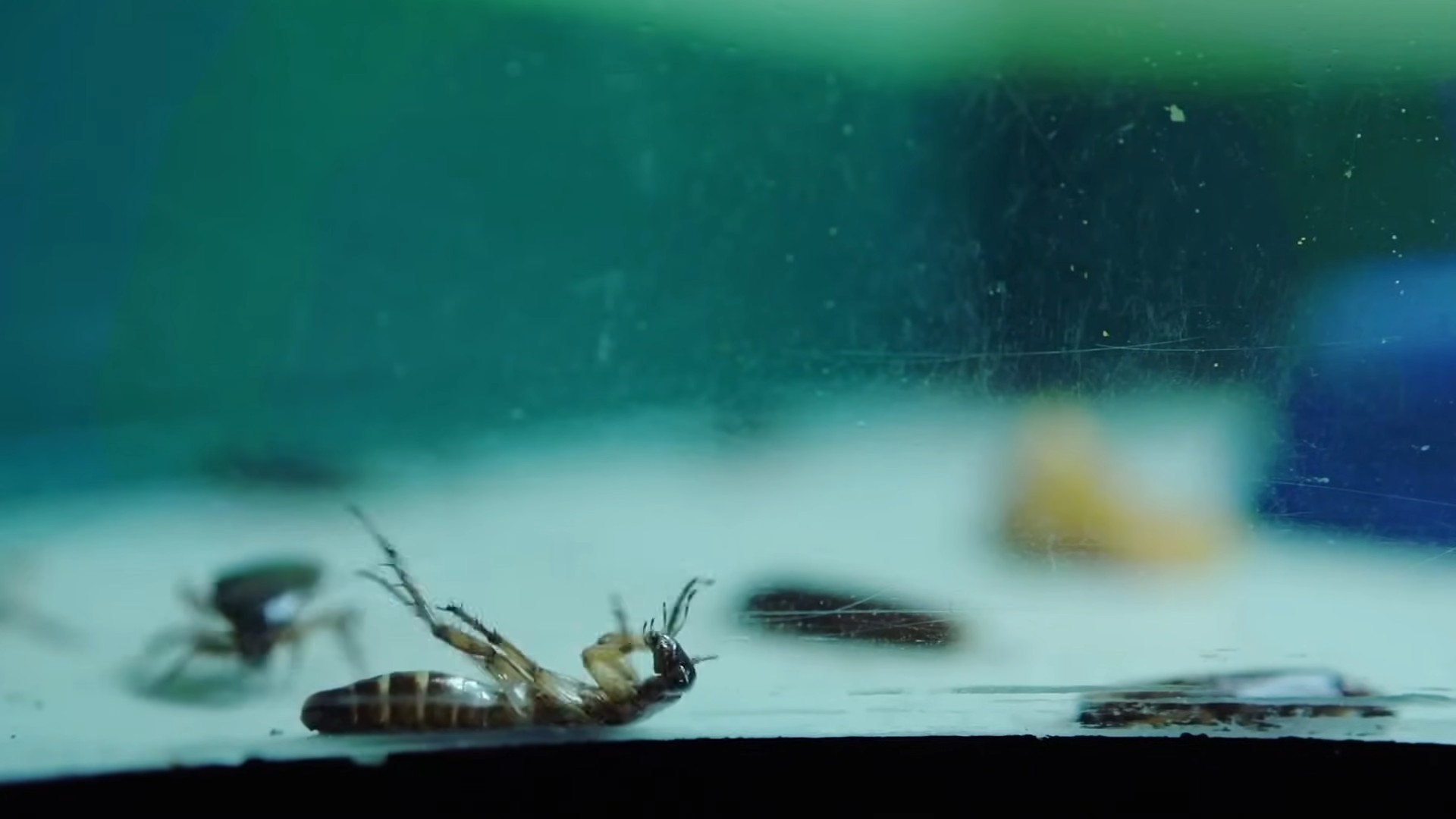
Conclusion
So, there you have it! This DIY method for natural garden pest control isn’t just a recipe; it’s a revolution in how you approach gardening. It’s about reclaiming your space, nurturing your plants, and doing it all in a way that’s kind to the earth and safe for your family. We’ve explored a simple, effective solution that sidesteps harsh chemicals and embraces the power of readily available ingredients.
Why is this a must-try? Because it works! You’re not just spraying a concoction and hoping for the best. You’re creating a targeted defense against common garden pests, preventing them from wreaking havoc on your precious plants. Imagine vibrant, healthy vegetables, flourishing flowers, and a garden teeming with life – the kind of life you *want*, not the kind that’s nibbling away at your hard work.
But the benefits extend beyond just pest control. This DIY approach empowers you to understand what you’re putting into your garden. You know exactly what’s in your spray, avoiding the mystery ingredients and potential long-term effects of commercial pesticides. It’s about taking control and making informed choices for a healthier garden and a healthier planet.
Looking for variations? Absolutely! Consider adding a few drops of essential oils like peppermint or rosemary to your spray for an extra boost of pest-repelling power. Experiment with different ratios of ingredients to find what works best for your specific garden and the types of pests you’re dealing with. Some gardeners swear by adding a pinch of cayenne pepper for an added kick, but be cautious when using this around pets and children. You can also adjust the recipe to create a stronger concentrate for particularly stubborn infestations, just remember to dilute it properly before applying to your plants.
And don’t limit yourself to just spraying! This solution can also be used as a soil drench to target pests that live in the ground. Simply dilute the mixture further and pour it around the base of your affected plants. Remember to always test a small area first to ensure that the solution doesn’t harm your plants.
This isn’t just about getting rid of pests; it’s about fostering a balanced ecosystem in your garden. By using natural methods, you’re encouraging beneficial insects like ladybugs and lacewings to thrive, creating a natural defense against pests. It’s a win-win situation for your garden and the environment.
We truly believe that this DIY natural garden pest control method is a game-changer. It’s affordable, effective, and environmentally friendly. It’s time to ditch the harsh chemicals and embrace a more sustainable approach to gardening.
So, what are you waiting for? Gather your ingredients, mix up a batch, and give it a try! We’re confident that you’ll be amazed by the results. And most importantly, we want to hear about your experience! Share your tips, tricks, and success stories in the comments below. Let’s build a community of gardeners who are passionate about protecting their plants and the planet. Let us know what pests you were battling, what variations you tried, and what worked best for you. Your insights could help other gardeners achieve their own pest-free paradise. Let’s grow together!
FAQ
What kind of pests does this natural spray work on?
This DIY spray is effective against a wide range of common garden pests, including aphids, whiteflies, spider mites, and leafhoppers. The soap helps to suffocate soft-bodied insects, while the oil disrupts their cell membranes. However, it’s important to note that it may not be effective against all types of pests, such as larger insects or those with hard shells. For more persistent infestations, you may need to combine this spray with other natural pest control methods.
Is this spray safe for all plants?
While this spray is generally safe for most plants, it’s always a good idea to test it on a small, inconspicuous area first. Some plants, such as those with delicate foliage, may be sensitive to the soap or oil. Avoid spraying during the hottest part of the day, as this can increase the risk of leaf burn. If you notice any signs of damage, such as yellowing or wilting, discontinue use immediately.
How often should I apply this spray?
The frequency of application will depend on the severity of the infestation and the weather conditions. For mild infestations, you may only need to spray once a week. For more severe infestations, you may need to spray every other day until the pests are under control. After that, you can reduce the frequency to once a week or as needed. Remember to reapply after rain, as the spray can be washed away.
Can I use any type of soap?
It’s important to use a mild, unscented liquid soap, such as castile soap or dish soap. Avoid using detergents, as they can be harmful to plants. Also, be sure to use a soap that doesn’t contain any additives, such as bleach or fragrances. These additives can also damage your plants.
What type of oil should I use?
Neem oil is a popular choice for natural pest control, as it’s effective against a wide range of pests and is relatively safe for plants. However, you can also use other types of horticultural oil, such as mineral oil or vegetable oil. Just be sure to use a refined oil that’s specifically designed for use on plants. Avoid using cooking oils, as they can attract pests and promote fungal growth.
How long does the spray last?
It’s best to use the spray immediately after mixing it, as the ingredients can separate over time. If you need to store it, keep it in a cool, dark place for up to a week. Before using, shake well to ensure that the ingredients are properly mixed.
Can I use this spray on edible plants?
Yes, this spray is safe to use on edible plants, as long as you use food-grade ingredients. However, it’s always a good idea to wash your fruits and vegetables thoroughly before eating them.
Will this spray harm beneficial insects?
While this spray is primarily targeted at pests, it can also harm beneficial insects if they come into contact with it. To minimize the risk, avoid spraying during the day when beneficial insects are most active. Instead, spray in the early morning or late evening. You can also try to target the spray directly at the pests, avoiding the areas where beneficial insects are likely to be.
What if the spray doesn’t work?
If the spray doesn’t seem to be working, there are a few things you can try. First, make sure that you’re using the correct concentration of ingredients. Too little soap or oil may not be effective, while too much can damage your plants. Second, make sure that you’re spraying thoroughly, covering all parts of the plant, including the undersides of the leaves. Finally, consider combining this spray with other natural pest control methods, such as introducing beneficial insects or using row covers.
Can I add other ingredients to the spray?
Yes, you can experiment with adding other ingredients to the spray to enhance its effectiveness. Some popular additions include garlic, cayenne pepper, and essential oils. However, it’s important to research the potential effects of these ingredients before adding them to your spray. Some ingredients may be harmful to certain plants or beneficial insects. Always test a small area first to ensure that the spray doesn’t damage your plants.


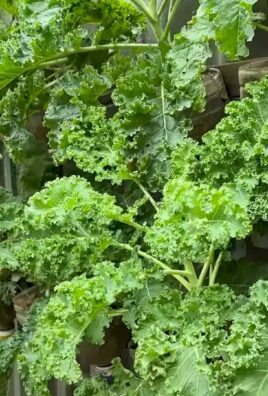
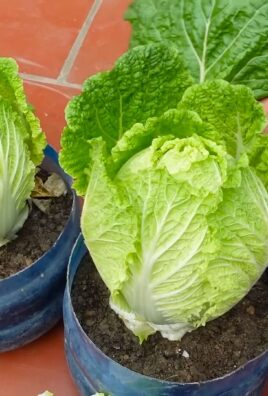
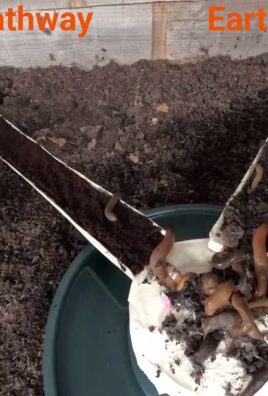
Leave a Comment